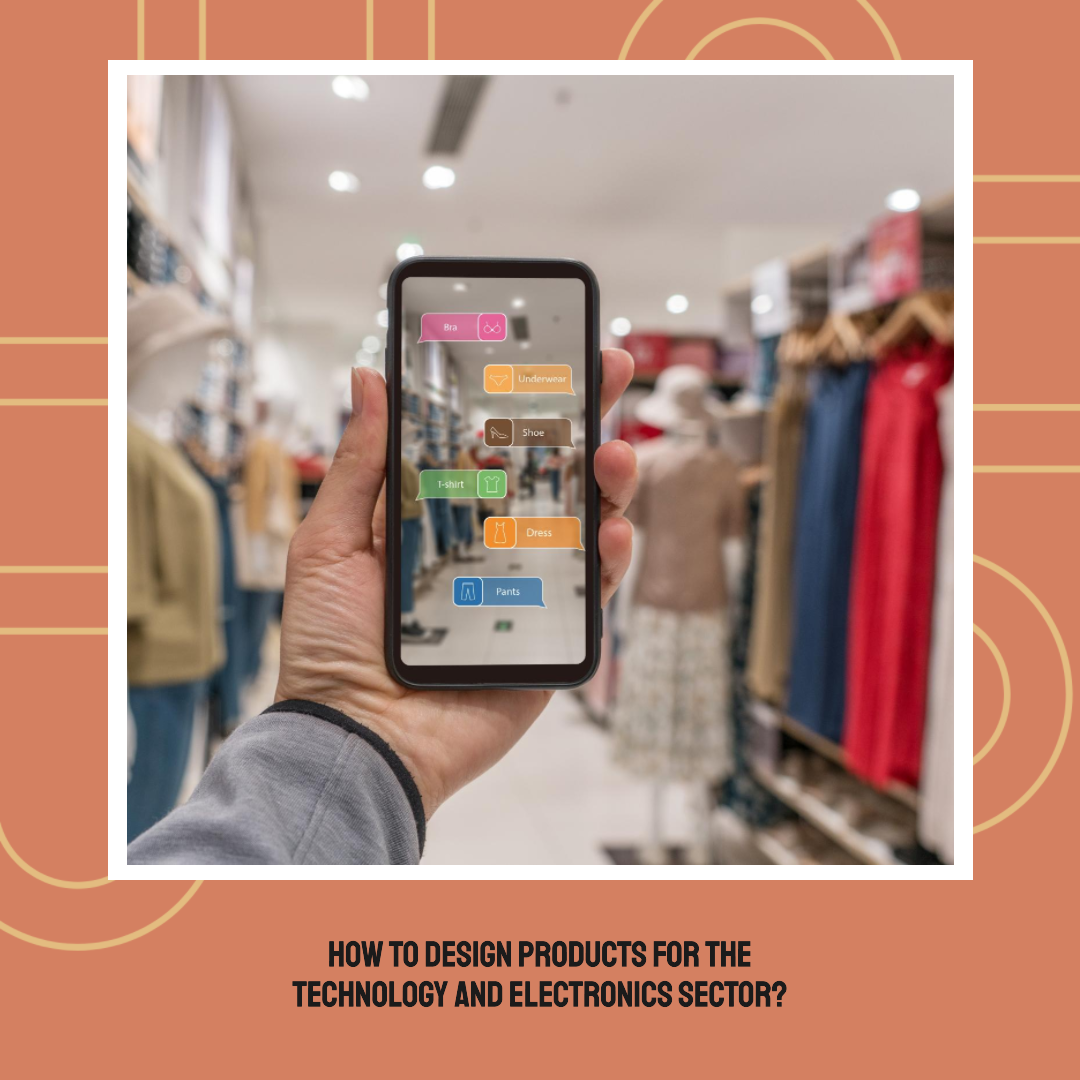How to design products for the jewelry and accessories industry?
Introduction
The jewelry and accessories industry is a multi-billion dollar industry that is constantly evolving. To be successful in this market, designers need to be able to create products that are both stylish and functional, and that appeal to a wide range of consumers.
In this blog article, we will discuss the essential steps involved in designing products for the jewelry and accessories industry. We will cover everything from understanding customer needs to developing innovative designs. We will also provide tips on how to market and sell your products once they are finished.
Step 1: Understand your target market
The first step in designing any product is to understand your target market. In the jewelry and accessories industry, your target customers may include people of all ages, genders, and income levels. You may also want to target specific types of jewelry and accessories buyers, such as those looking for fine jewelry, fashion jewelry, or costume jewelry.
To understand your target market, you can conduct market research, interview jewelry and accessories buyers, and analyze customer feedback. You should also consider the following factors:
- What are the latest trends in jewelry and accessories?
- What are the biggest challenges faced by jewelry and accessories buyers today?
- What are the unmet needs of jewelry and accessories buyers?
Step 2: Develop innovative designs
Once you understand your target market, you can start to develop innovative designs. The jewelry and accessories industry is highly competitive, so it is important to create products that stand out from the crowd.
When developing new designs, consider the following:
- Emerging trends: Stay up-to-date on emerging trends in jewelry and accessories design.
- Customer feedback: Listen to feedback from jewelry and accessories buyers and use it to improve your designs.
- Competitive landscape: Be aware of what your competitors are doing and look for ways to differentiate your products.
Step 3: Use high-quality materials
Jewelry and accessories buyers are willing to pay a premium for products made from high-quality materials. When choosing materials for your products, consider the following:
- Durability: Choose materials that are durable and can withstand everyday wear and tear.
- Hypoallergenic: Choose materials that are hypoallergenic and less likely to cause allergic reactions.
- Sustainability: Choose materials that are sustainably sourced and produced.
Step 4: Pay attention to detail
The details are what can make a jewelry or accessory stand out from the crowd. Take care to select the right hardware, finishes, and packaging for your products.
Step 5: Tell a story
Jewelry and accessories are more than just functional items. They can be a way to express personal style and make a statement. Think about how you can tell a story with your designs and connect with your target customers on an emotional level.
Step 6: Build a brand
A strong brand can help you to differentiate your products from the competition and command higher prices. Invest in building a brand that jewelry and accessories buyers trust.
Step 7: Market and sell your products
Once your products are designed and produced, it is time to start marketing and selling them. This can be done through a variety of channels, including online and offline retail, social media, and public relations.
When marketing your products, it is important to focus on the benefits that they offer to jewelry and accessories buyers. Highlight the unique features and benefits of your products in your marketing materials.
You can also use social media to connect with potential customers and promote your products. Share photos and videos of your products, and run social media contests and giveaways.
Finally, you can also work with public relations professionals to get your products featured in media outlets. This can help to raise awareness of your brand and products among potential customers.
Conclusion
Designing products for the jewelry and accessories industry can be a challenging but rewarding experience. By following the steps outlined in this article, you can increase your chances of success.








